Gravity: I2C OLED 128×64 Display
$12.42 Original price was: $12.42.$8.69Current price is: $8.69.
- No Compromise on Quality
- 7-Day Returns, 100% Quality
- 100% High Quality Guarantee
- Quality and Affordability Combined

An OLED (organic light-emitting diode) has many advantages over traditional
LCD displays
, including a faster response speed, thinner profile, lower power consumption and excellent shock resistance. An OLED can be widely used in mobile devices for display applications. Used in conjunction with a mini Arduino-based microcontroller such as the Beetle or CurieNano, it is a straightforward process to make a simple wearable application.
Our Gravity OLED 128×64 display is a self-luminous display module with a blue background. The display areas is 0.96”and uses an IC SSD1306 chip. The OLED screen supports I2C communication and refresh rates of up to 60Hz. The module uses the Gravity I2C common interface for easy plug and play usage – meaning you can connect it without the need for wires – just plug it straight in to your device. The display bezel is constructed from aluminum alloy which protects the screen from scratches and damage.
Features
- Supports Gravity-I2C interface, plug and play compatible
- Metal bezel for ultimate protection
- 4 x M3 screw mount holes for simple installation
- Supports Arduino/Genuino 101 devices
Specifications
- Operating Voltage: 3.3V ~ 5V
- Background Color: blue
- Pixels: 128 columns X 64 Rows
- Interface mode: Gravity-I2C
- Scanning Rate: 60 fps
- Brightness: 60 (Typ) cd / m2
- Full-screen power consumption: 22.75mA Approx.
- Working Temperature: -30 ℃ ~ +70 ℃
- Display Area: 21.744 × 10.864mm
- Module Size: 41.20 × 26.20mm
- Mounting Hole Size: 35 x 20 mm
- Module Weight: 15g
Resources
-
Product Wiki
Pinout

| Num | Label | Description |
| 1 | VCC | 3.3~5V |
| 2 | GND | GND |
| 3 | SCL | I2C clock |
| 4 | SDA | I2C Data |
Package Contents
- 1x Gravity I2C OLED-2864 Display
- 1x Gravity I2C PH2.0 4-pin Cable
Be the first to review “Gravity: I2C OLED 128×64 Display” Cancel reply
Related products
Maker Store
Kits & Projects
Breakouts & Modules
Adafruit FONA – Mini Cellular GSM Breakout – SMA Version (v1)
Kits & Projects
Breakouts & Modules
Gravity: CAN To TTL Communication Module With SLCAN Protocol
Maker Store
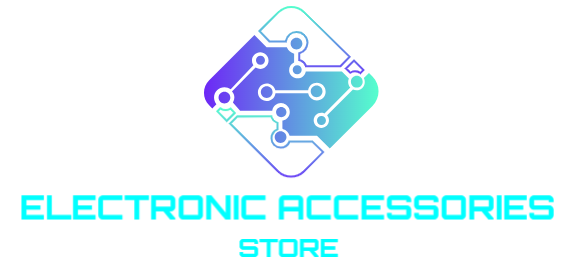


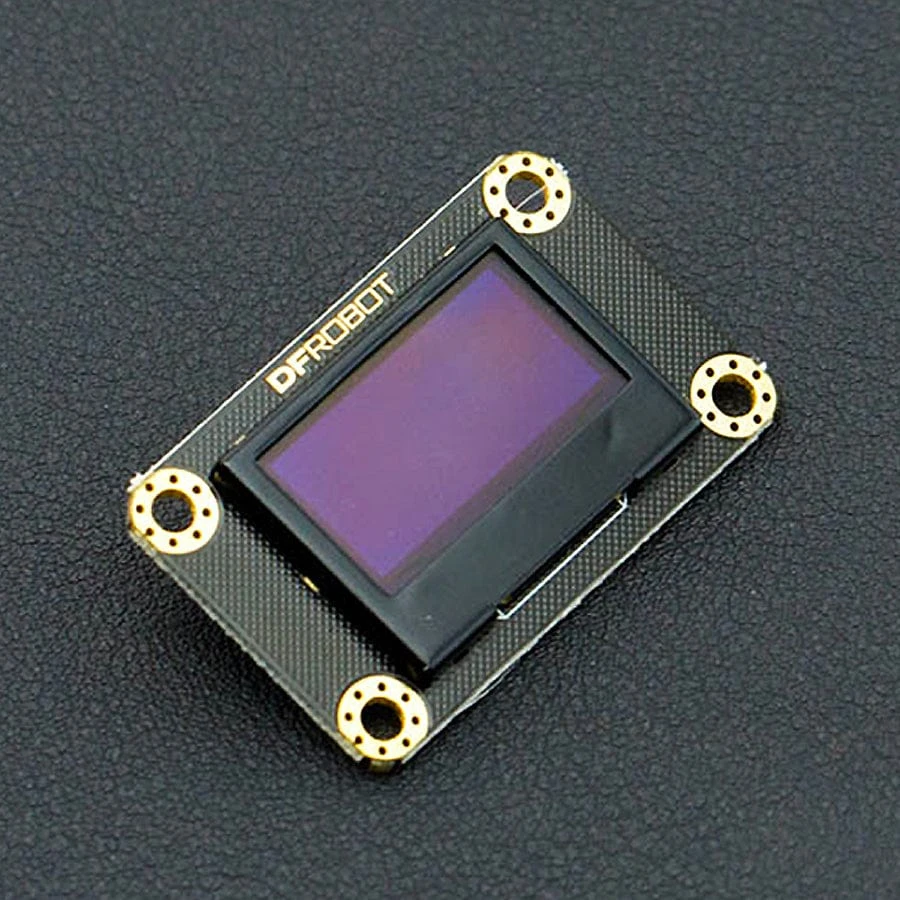
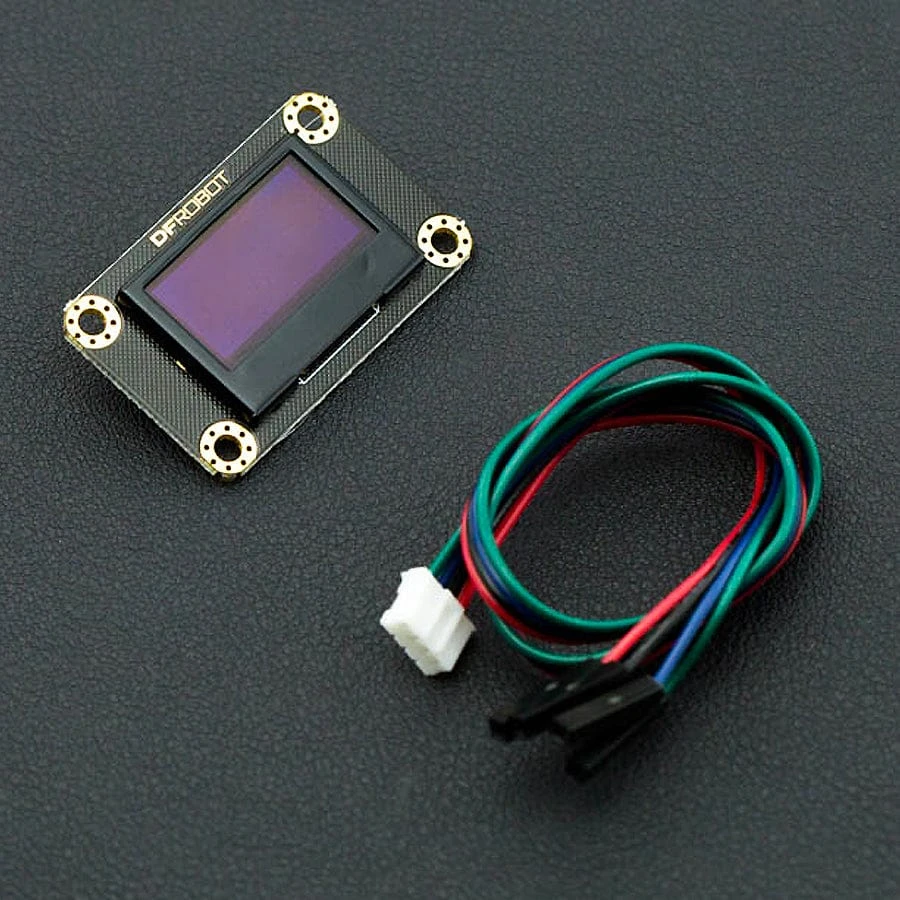
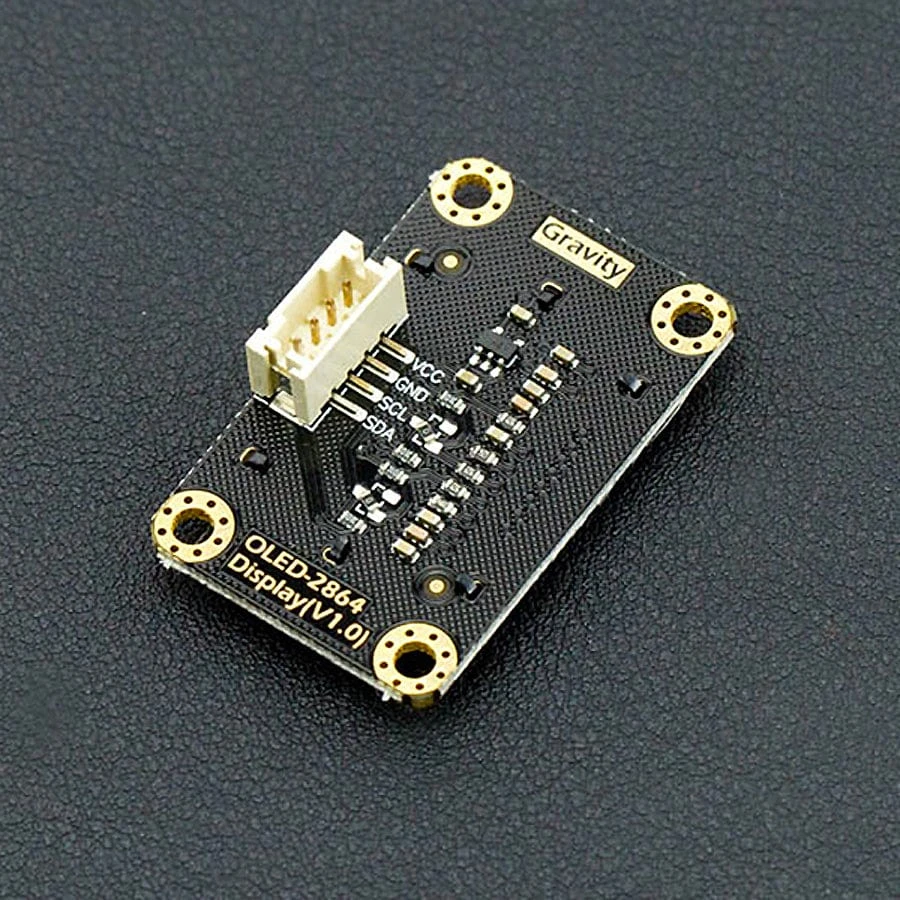

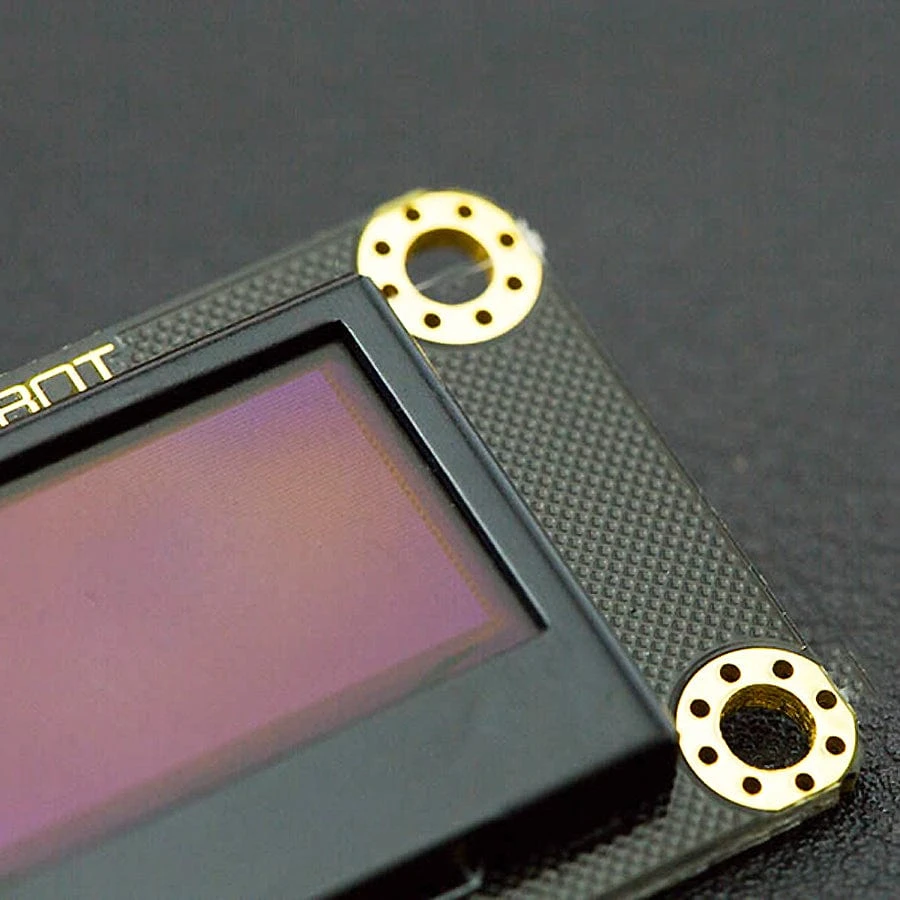
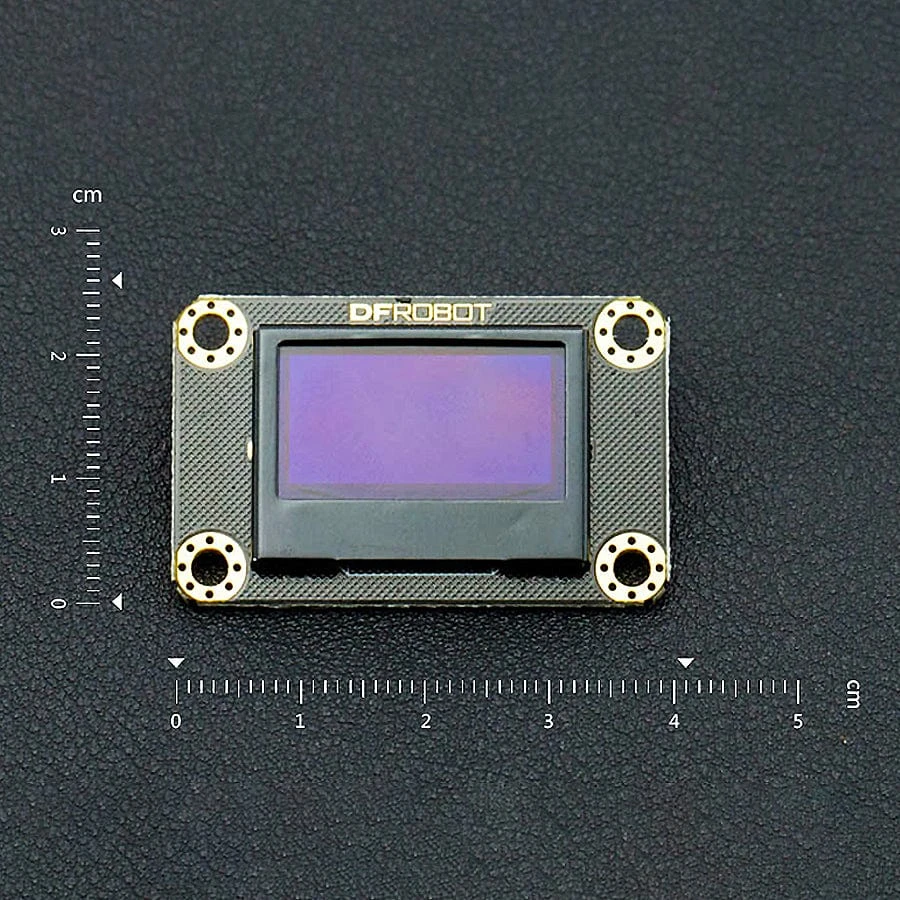
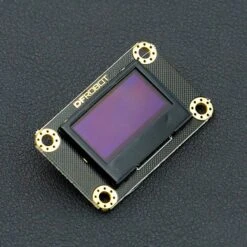

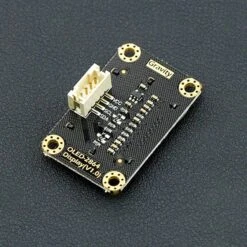




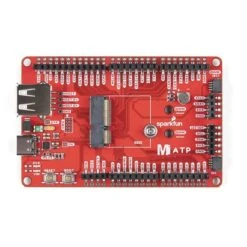
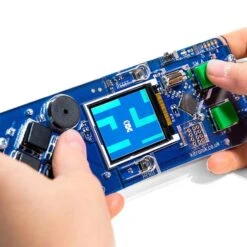
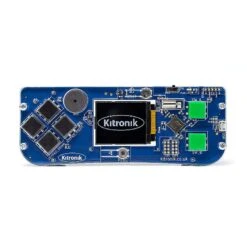


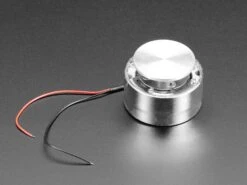


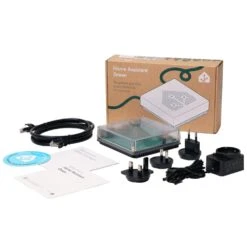
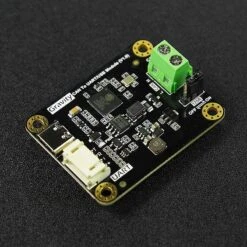
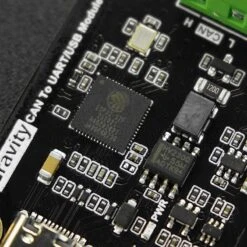

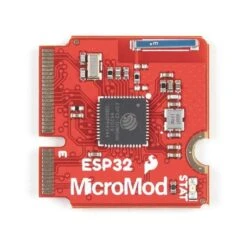
Reviews
There are no reviews yet.